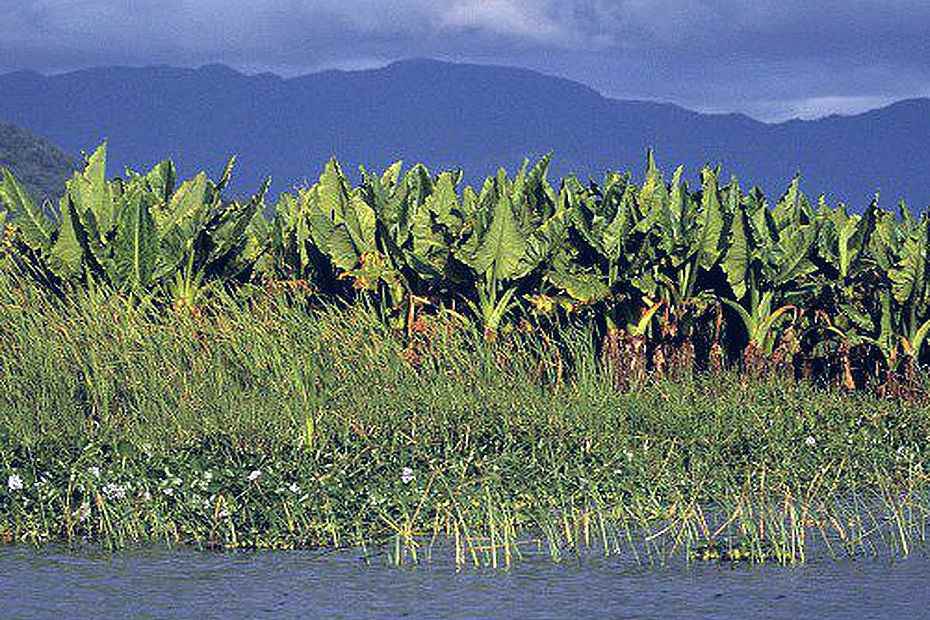Food insecurity is gaining ground. Families on the east coast, the west coast and the highlands, located south of Antananarivo, survive by consuming marsh plants. Food thefts are on the rise. Burglars enter homes to steal scarce stocks of rice and cassava.
•
At the end of June 2022, the World Bank was worried. A study had just revealed a major risk of starvation. 7.8 million Malagasy were already victims of food insecurity. The writers of this report focused their analyzes on southern Madagascar.
Unfortunately, with the drought and the successive cyclones which affected the East-South-East, the highlands and to a lesser extent, the South-West, famine gained ground.
Midi-Madagascar tells us that thousands of inhabitants of the district of Mananjary feed on water banana. They look for them in the marshes of the region to cut their plants, of which they only keep the few edible shoots.
This food crisis is the source of growing insecurity. The mayor ofAnkatafana, Gaby Ramarolahy Seraphin, explains: “Families with food stocks are robbed. Just last week, a 7-year-old child was caught in the act. No longer supporting hunger, he stole cassava from a house, what to do about this situation?
Given this umpteenth crisis, will the World Bank’s financial program aimed at helping fragile countries reach these homes before it’s too late? Organizing, developing and modernizing agriculture is a laudable project, but a little disconnected from the punctual emergency.
L’Express de Madagascar returns to the incineration of 125 tons of damaged rice in Tamatave. In this context, this operation seems difficult to understand, but consuming this rice would have been extremely dangerous for health.
